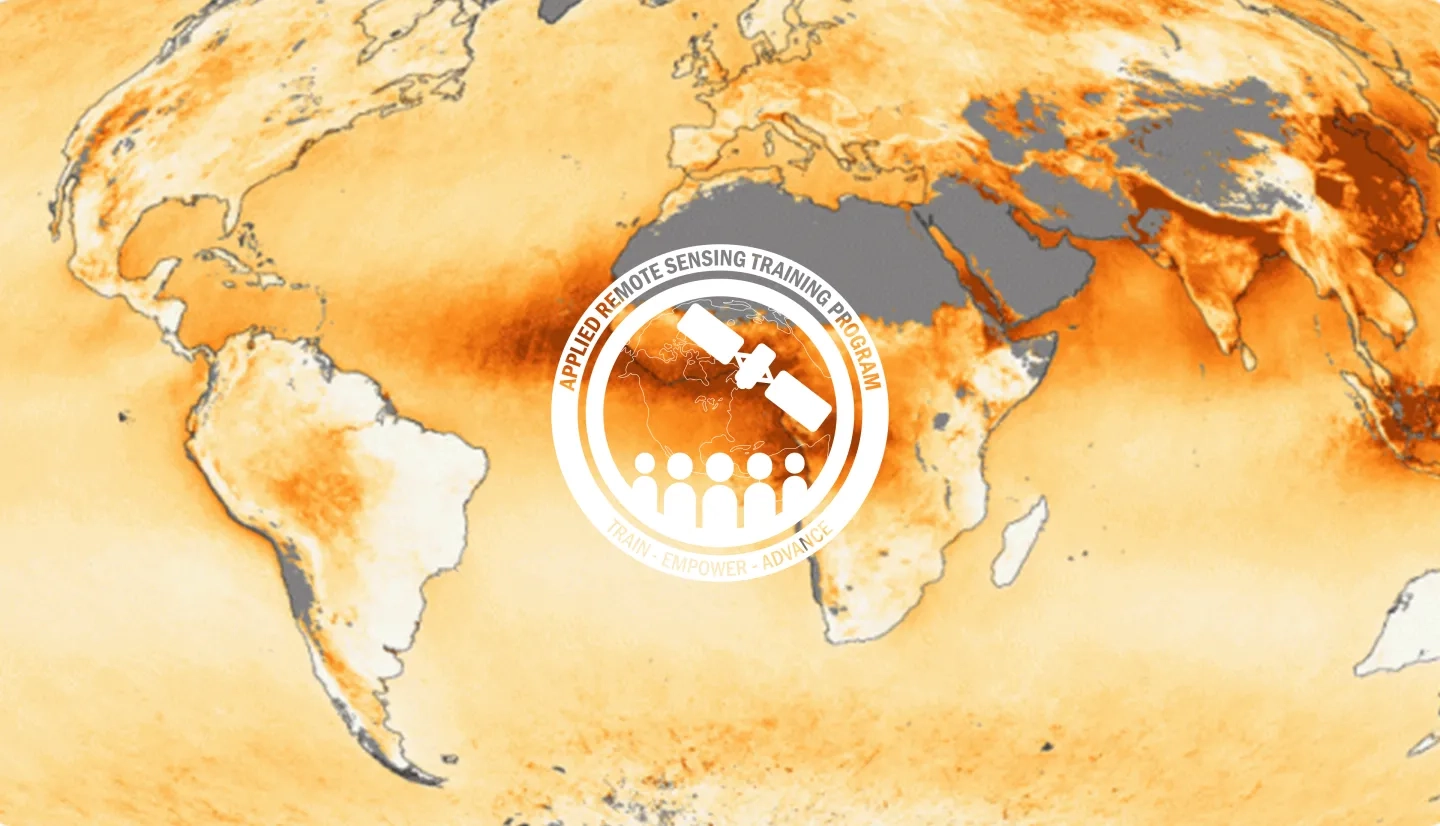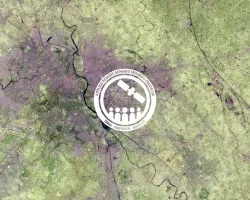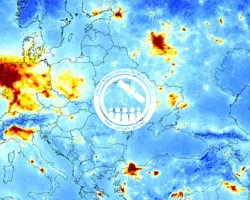Description
October 01, 2015 - October 22, 2015
Satellite remote sensing of particulate matter for air quality applications has advanced over the past decade. Many methods, data, and tools have been developed by various groups around the world to convert satellite retrieved aerosol properties into surface level particulate matter mass concentrations for air quality monitoring. Data from several satellites are currently being used for a wide range of air quality applications for both research and operational purposes.
Through a combination of presentations from experts in the field and hands on exercises, this advanced webinar series will cover specific details on datasets, available tools, and various methods used to address particulate matter air quality.
Attendees are strongly encouraged to review the basics of satellite remote sensing of aerosols and measurement techniques by ground instruments.
Attendees will be able to:
- Estimate PM2.5 mass concentration at surface level while using satellite derived aerosol optical depth (AOD) at visible wavelength
- Perform long term air quality trend analysis
- Analyze air quality events
Individuals in local, regional, state, federal, and international organizations, NGOs, and other applied professionals interested in air quality.
- Four 1-hour sessions
- The live course featured a virtual conference where attendees were able to present mini-projects. Project Guidelines
An introduction to the ARSET program, MODIS, MISR, OMI, and LAADSweb View the Recording
An overview of the basics of the PM-AOD relationships, and some simple methods and python tools to read MODIS data. View the Recording
An overview of statistical methods to estimate particulate matter at surface level, as well as statistical tools. View the Recording
A look at combining the strength of satellite observations and a chemical transport model to estimate surface particulate matter for health exposure studies. View the Recording
Participants will work on a mini-project and will make a short (5 min) presentation about the project.



